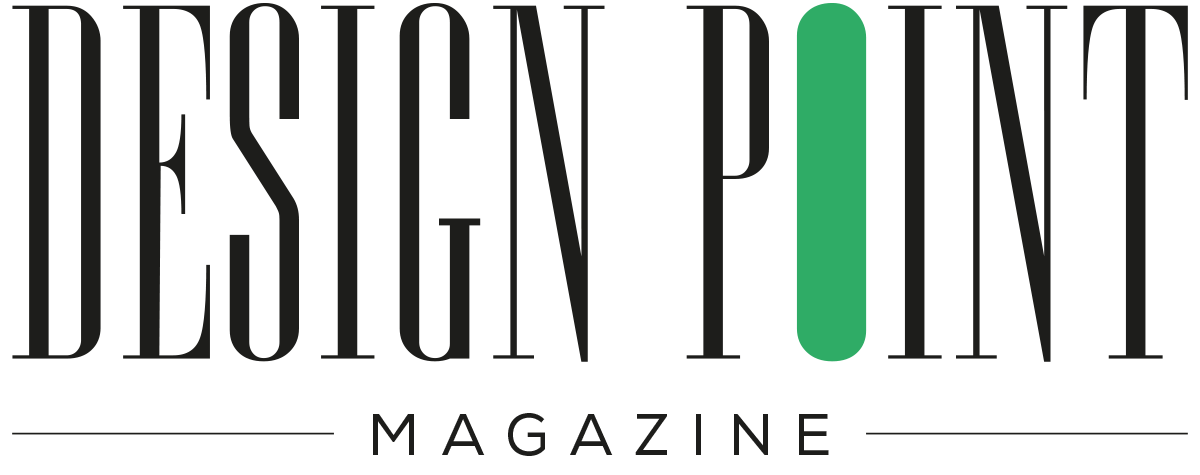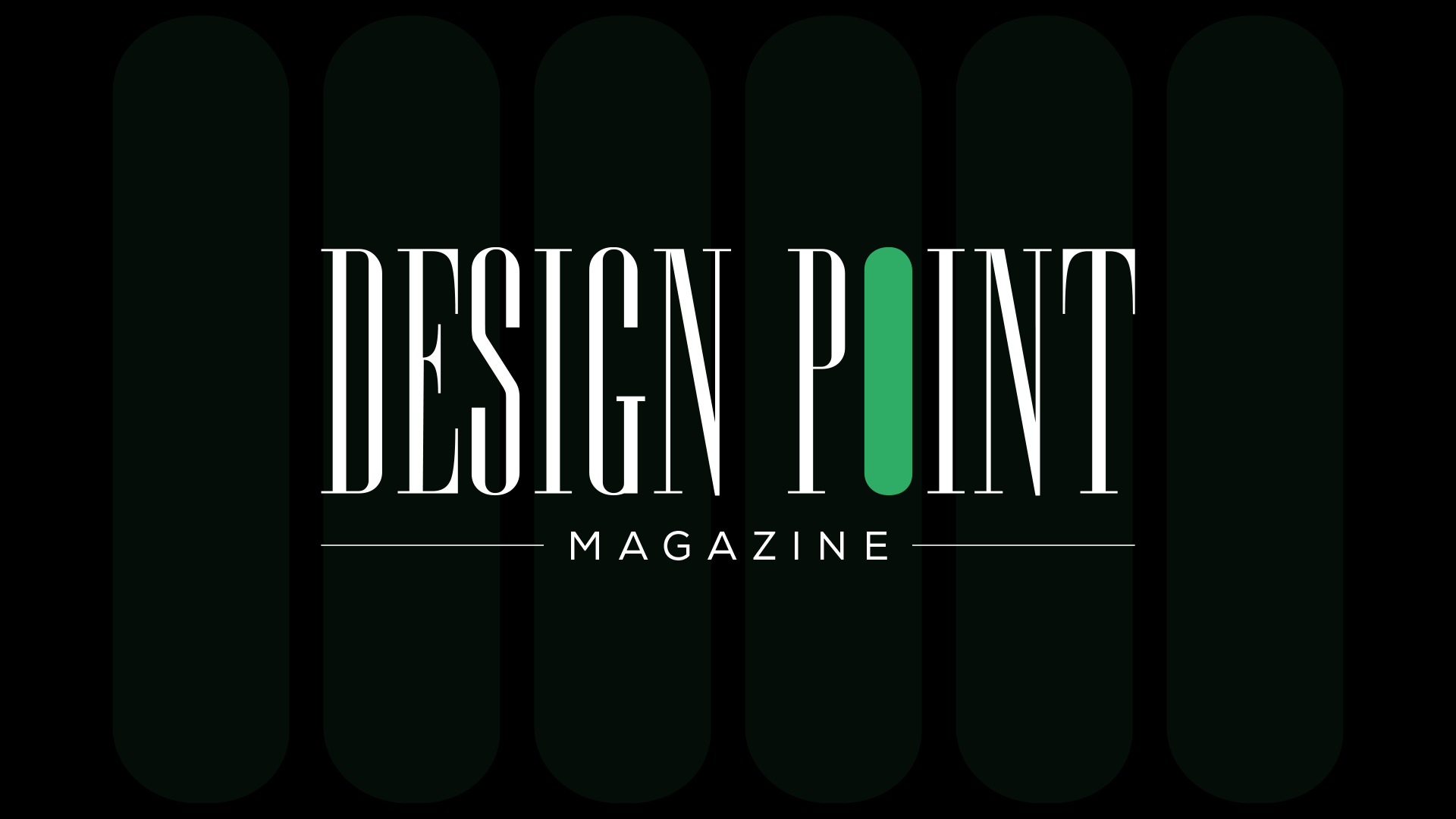A month ago, I had the pleasure of venturing to Austin, TX to attend my first ever SXSW. I knew the city’s breakfast tacos would be stellar, but otherwise I hadn’t much of a clue what to expect from the eight-day long conference. With hundreds of panels held in Downtown Austin, brilliant minds from all over the world gathered to share, inspire, illuminate, and connect about the state of our society in 2025.
Fighting Fascism Through Art
From the jump, I found the fact that the conference was taking place in the state of Texas (albeit within a liberal hub) at a time of such political upheaval in the US impossible to ignore. At the end of one standout panel called “Fighting Loneliness in Our Digital World,” trans activist, poet, and comedian Alok Vaid-Menon issued an urgent call to action to all of us in the crowd:
“The state of Texas is pursing discrimination against trans and gender-nonconforming people like me. And so if you were inspired by what I’m saying, if you thought I was funny or charming, know that this might be illegal for me, to exist in public with you now. These are not hypothetical moments where we can draw inspiration from one another. I need your help and my community needs your help to champion trans rights everywhere that you go… Trans people are not your enemy.”
I stopped by an event called Unruly Bodies held at Austin’s famed queer bar and music venue, Cheer Up Charlies. Hosted by SisterSong, a women of color reproductive justice collective, in partnership with the Repro Uncensored Coalition, the “sunset salon and nightclub for power, pleasure, resistance and reproductive rights” featured an empowering panel of WOC activists and artists, followed by a dance party.
Many of the SXSW panels I was drawn to throughout the conference directly addressed how we can use creativity to combat authoritarian forces. A round-table style discussion called Art in Protest: Fostering Democracy Through Creative Dissent featured three artists from three different countries who have each used their work to rebel. Moderated by Nikola Ilić of ChangeLab Global, the conversation featured Vietnamese singer Mai Khoi, co-founder of the Belarus Free Theatre Natalia Kaliada, and Iranian painter Alireza Shojaian, each of whom have turned to their craft to fight the restrictive governments in their respective countries. “Today, we’re going to talk about how a microphone, a stage, and a paintbrush can be powerful tools against authoritarians,” Ilić posed at the top of the talk.
I also attended Fighting Propaganda With Human Creativity In The Digital Age, which unpacked the impactful work of Reporters Without Borders with Anja Osterhaus, the executive director of its German branch, and filmmakers Gabriel Mattar and Giordano Maestrelli. Mattar and Maestrelli created a powerful campaign for RWB Germany in 2024 called “The First Speech,” which includes three films featuring the uplifting words of three different autocrats from their first ever speeches upon becoming president, followed by the reveal of who’s actually speaking— Vladimir Putin, Recep Tayyip Erdoğan, and, Nicolás Maduro. The campaign’s tagline warns: “The loss of freedom is never obvious at first.”
On the penultimate day of the conference, while most attendees piled into a massive auditorium for the SXSW headline keynote with Michelle Obama and Craig Robinson, I instead opted for an intimate panel entitled Creatives in Command: Driving Social Change and Economic Empowerment, with the founders of the Indianapolis-based nonprofit GANGGANG. GANGGANG provides opportunities and support to local creatives of color in Indiana, facilitating events and activations like their annual fine art fair, BUTTER. Founders Alan Bacon and Malina Simon Bacon shared GANGGANG’s origin story, which came about during the pandemic and in the wake of George Floyd’s murder. “We knew that art and culture would be the thing to bring people together,” said Bacon. “The idea behind GANGGANG was to create an organization that centered beauty, equity, and culture by activating the creative economy.”
AI’s Impact on Creative Industries
Another undeniable theme rippling through SXSW 2025 was the impact of AI on, well, everything. I’ve long been an AI skeptic and will continue to keep it at arm’s length— I’m a freelance writer in the ChatGPT era, after all. That said, I understand that AI is here to stay and will only become a more powerful presence in our world and across creative industries. Denying or shunning it wholeheartedly wouldn’t be productive. Instead, critically thinking about how to use AI in the arts ethically and responsibly feels like fruitful territory.
I attended a panel called Can Human & AI Collaboration Extend the Bounds of Creativity, in which Dawn Chmielewski of Reuters interviewed the President of Sony AI Inc., Michael Spranger. Chimielewski asked: How can the role of human creativity be preserved as AI technology advances?
Spranger spoke candidly about the need for guardrails on AI within creative fields and preserving what makes art, art: the creative process, which is innately human. “There are visual people and people in audio who typically come together to create these creative artifacts that we have, and I think that process matters. If you take away that process, you’re going to end up with uninteresting outcomes.” Spranger explained that AI models don’t fit this creative process. He also spoke about the issue of copyrights, both in terms of the human-generated content and ideas needed to input into AI systems, and AI-generated outputs not being copyrightable without extreme human intervention.
In this same conversation around using AI as a tool for progress and access within the arts, I attended a panel about the ways in which museums are harnessing AI. What’s Next for Museums? Embracing AI and Human Engagement featured an illuminating conversation with Nanet Beumer, the head of digital, marketing, and campaigns for Amsterdam’s Rijksmuseum; Amanda Boomstra, a design strategist and manager at the design agency Fabrique, also in Amsterdam; and Leonard Punt of the digital product studio Q42.
Beumer shared some of the ways the Rijksmuseum is using AI to enhance their online and virtual offerings, as well as restoring one of Rembrandt’s most famous paintings, The Night Watch. Meanwhile, Punt unveiled the National Gallery London’s newly launched virtual gallery, the Imaginarium.
There’s an endless amount of ways to experience a choose-your-own-adventure type of conference as rich as SXSW, and I’m still coming down from the stimulation of the week. Growing unrest and uncertainty in Texas, the rest of our country, and beyond is rampant, but the energy of the conference left me feeling hopeful and inspired, knowing that creativity and the arts are going strong.
The post AI’s Impact on Creative Industries, Fighting Fascism with Art, and More From SXSW 2025 appeared first on PRINT Magazine.

